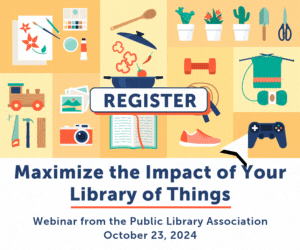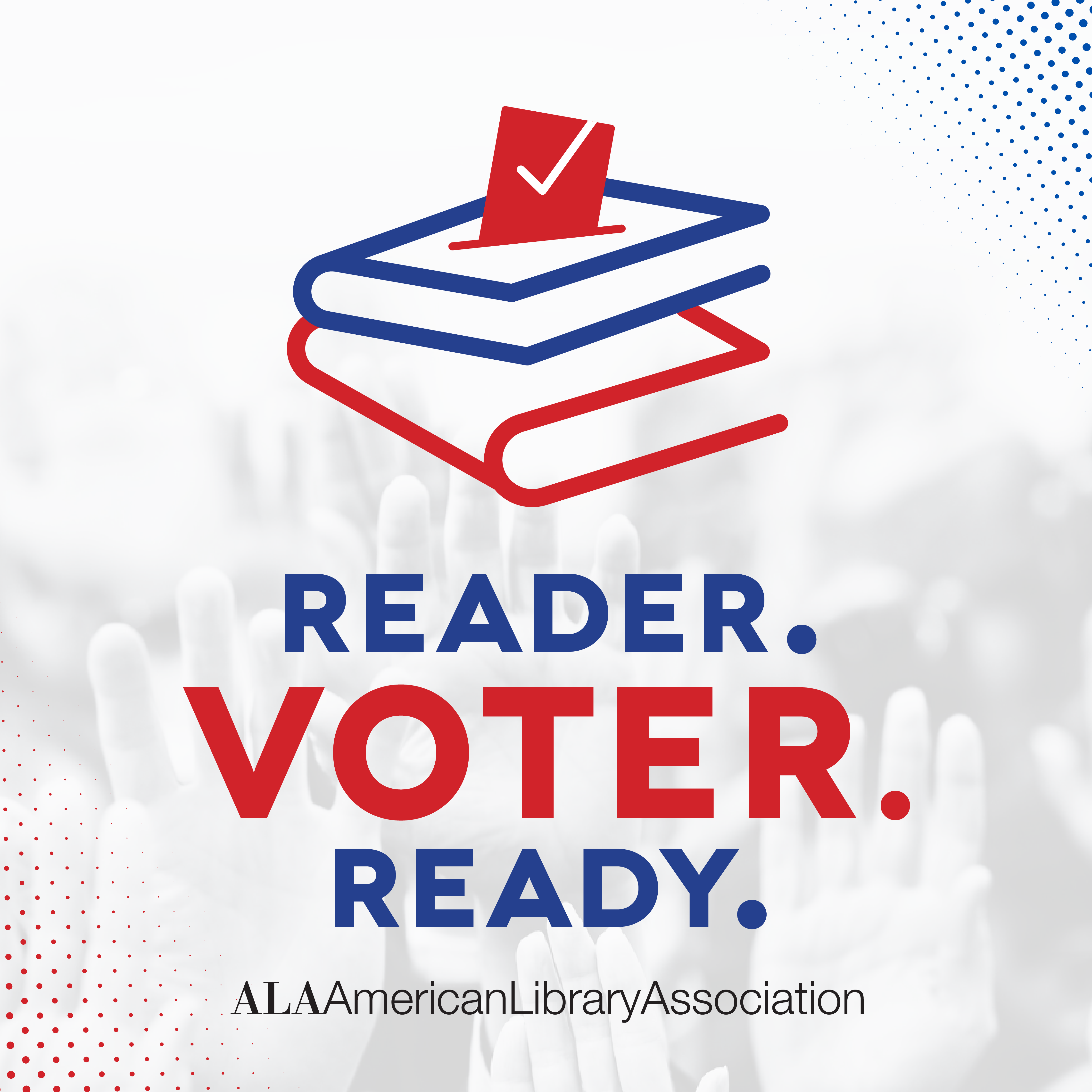New Measures for a New Era
I am honored and delighted to begin my term as PLA president. Involvement in PLA has been an integral part of my professional career. It has given me many opportunities for professional growth as well as the chance to get to know some wonderful people from libraries throughout the United States.
One of my earliest involvements with PLA was with the 1987 book, Output Measures for Public Libraries.1 I recall the sense that we were developing new measures for a new era. Indeed it was a bold step to begin looking at what a public library delivers to its community rather than at the resources (budget, collection size, and building size, for example) that the library has to work with. The measures a public library uses are important because they shape the way we think about libraries, library service, and the community. Also, public libraries use measurement for management of services and resources; for planning and assessment over time; for justifying funding requests; and for reporting to local, state, and national authorities. It is often helpful for a library to be able to compare itself to some comparable libraries, the selection of which may vary depending on the purpose.
The most widely collected and reported service measures constituting an indication of library use are circulation, reference requests, information requests, door counts, and program attendance. It may be expected that with the increasing popularity of digital formats and the continuing growth in Internet use, public library circulation and reference totals will plateau and decline, if they have not already done so. There are already reports of some municipalities citing decreases in reference and circulation as justification for reduced funding for library operations and/or denial of capital funds for building expansion or improvement.
Door counts may also drop with an increase in virtual patrons. Many libraries measure virtual use through reports on use of the library’s website with a resultant mix of visits, hits, page views, unique visitors, and time spent on the site. The complexity of such reports is only magnified when the reports are repeated for mobile access. Most libraries collect and report various data related to computer use. Rarely is there reporting of the activity accomplished on the computer such as finding health information, applying for a job, obtaining government service, consumer research, and so forth. The Edge Initiative addresses the need for better and more uniform collection of data for use of technology.2 The Edge Initiative—undertaken by PLA, Urban Libraries Council (ULC), and others with support from the Gates Foundation—identifies benchmarks and guidelines that will assist public libraries in assessing their technology offerings. Implementation guidelines and training are an integral part of the Edge Initiative which has now been rolled out in seven states.
Currently, much effort in public libraries is focused on such services as digital literacy, early childhood literacy, employment counseling, support for small businesses (and other local economic development), civic engagement programming, development of creative expression, and other programs whose impact is not measured by hash marks for the number of people served. Also, the “library as third space” is a significant role for the public library, but the means of assessing the extent and impact of that role are currently lacking.
What is needed is a set of performance measures that can capture the services public libraries are currently providing in their communities, with guidelines for conducting the measures to ensure consistency and validity. We also need to measure the outcome or impact regarding the difference that some of these services make in the lives of individuals and the well-being of the community.
The PLA Board recently approved the creation of the PLA Performance Measurement Task Force. The task force will be chaired by Denise Davis, deputy director at the Sacramento (Calif.) Public Library, and comprised of other librarians who will represent the professional knowledge of what core services public libraries are offering, what needs to be measured, and how data are used internally as well as externally with funding authorities. The task force will contract with one or more public library researchers who would develop prototype performance measures based on task force consensus, measures that are valid and reliable and “good enough” for the purpose while not being unduly onerous on staff to collect and report. Public libraries need this data to accompany the anecdotes they relay to funders regarding the outcomes of services offered and the resultant impact on the community.
This project will not be completed during my tenure as PLA president as it will probably take at least two to three years to complete. Since my year as PLA president will build on the work of those who have preceded me, it somehow seems fitting that the work will be completed by a PLA president not yet elected. Working with other librarians over time for the betterment of the profession and the communities we serve is the great reward of involvement in PLA.
REFERENCES
- Nancy A. Van House and the PLA New Standards Task Force, Output Measures for Public Libraries: A Manual of Standardized Procedures (Chicago: ALA, 1987).
- The Edge Initiative, “About Edge,” accessed June 27, 2013.









